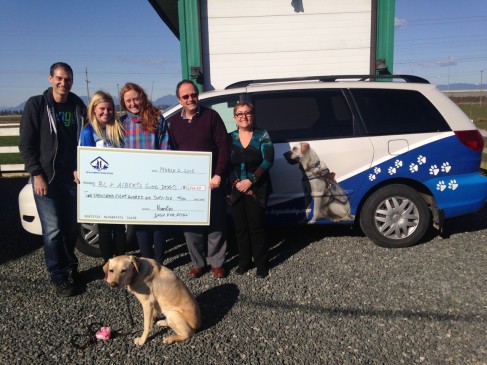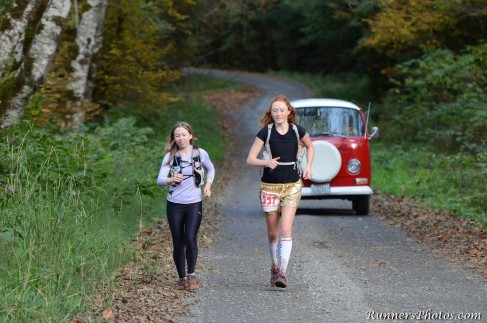I don’t like to be told I can’t do something
Krysten Siba Bishop of Toronto, Ontario is a great example of someone who refuses to be impacted by her health challenges; instead, she is motivated by them. She gathers strength from adversity and refuses to be idle. On May 3, she ran the Mississauga Half Marathon as her first race back after pacemaker surgery. Please join iRun and Saucony as we proudly congratulate Krysten as she is today’s #FindYourStrong hero. This is Krysten reporting on her race:

Sunday’s Race requires some context.
I had surgery five months ago. It was my seventh surgery and my fourth in the last 3 years (two for my double mastectomy and two for maintenance on my pacemaker/defibrillator). Medically it has been quite the adventure, and running has become an integral part of my mental and physical recovery plan.
I was diagnosed with an arrhythmia known as Long QT Syndrome when I was just 17 years old. I got my first pacemaker/defibrillator a few months later.
I don’t like to be told I can’t do something, and I especially don’t like to feel like I am losing. And there was a time where I felt like I was fighting a losing battle against my own body. Running was my way of fighting back.
Running gave me my health, and I felt empowered.
This is probably also how I ended up running my first half marathon the day before my preventative double mastectomy.
It was a slightly crazy scheme, but I was looking for a happy distraction. I crossed the finish line that day to remind myself that despite my flaws, despite the challenges that lay ahead, I had a body that was strong and capable. I was left with a newfound respect for my health and my body’s ability to preserve. And I knew I was hooked.
There have been many moments over the past few years where I have found myself questioning my strength, even questioning my sanity. There were moments where I felt beaten. There were moments where I felt broken. There were days when burying my head under the covers seemed like the only action I could muster.
But I kept training. Even your worst run is better than no run at all. And I made a promise to myself, that even though things were hard, I would keep going. Even your worst day (and I have had a few of those) is a blessing. And I would keep moving forward.
Sunday was another step forward.
I was nervous about the race. I had built this day up in my mind. I wanted to come back to running strong. But I knew I had a shortened training season — just 11 weeks of consistent training. And I wasn’t sure how my body would hold up.
I was hopeful and a little trepidatious as I got myself situated in the corral. I have trained and rebuilt so many times over the last few years, so I wasn’t sure what to expect as the gun went off. But I promised myself that I would run hard and be proud of whatever time the clock read when I crossed the finish line.
I started out strong. The net downhill course probably helped with this. The 10km clock read 58:19 as I ran past. This put me on track for a personal best, if I could maintain this pace. But as the course flattened out and the lactic acid built up in my quads I felt my pace slipping. My endurance is still a work in progress.
I did my best to dig deep and crossed the line at 2:06:58.
And while that was not a personal best, I still felt incredibly proud of the result.
This race was a testament to the hard work I had put in over the past few months. Despite my short training period, I was only 1 minute and 17 seconds slower than I was when I raced this time last year, after a full a year of rehab and training. I finished feeling happy, healthy, and strong. And after just a few months you can’t ask for too much more than that.
My body and health is always a work in progress, but Sunday was a celebration of the journey. Please know where ever you are, whatever kind of journey you are on, anything is possible when you #FindYourStrong.
Looking for more motivation? Read additional #FindYourStrong stories here.









 iRun: Tell us about the RunGo App.
iRun: Tell us about the RunGo App. iRun: Whats next for GGW?
iRun: Whats next for GGW?



 Our Magazine
Our Magazine
